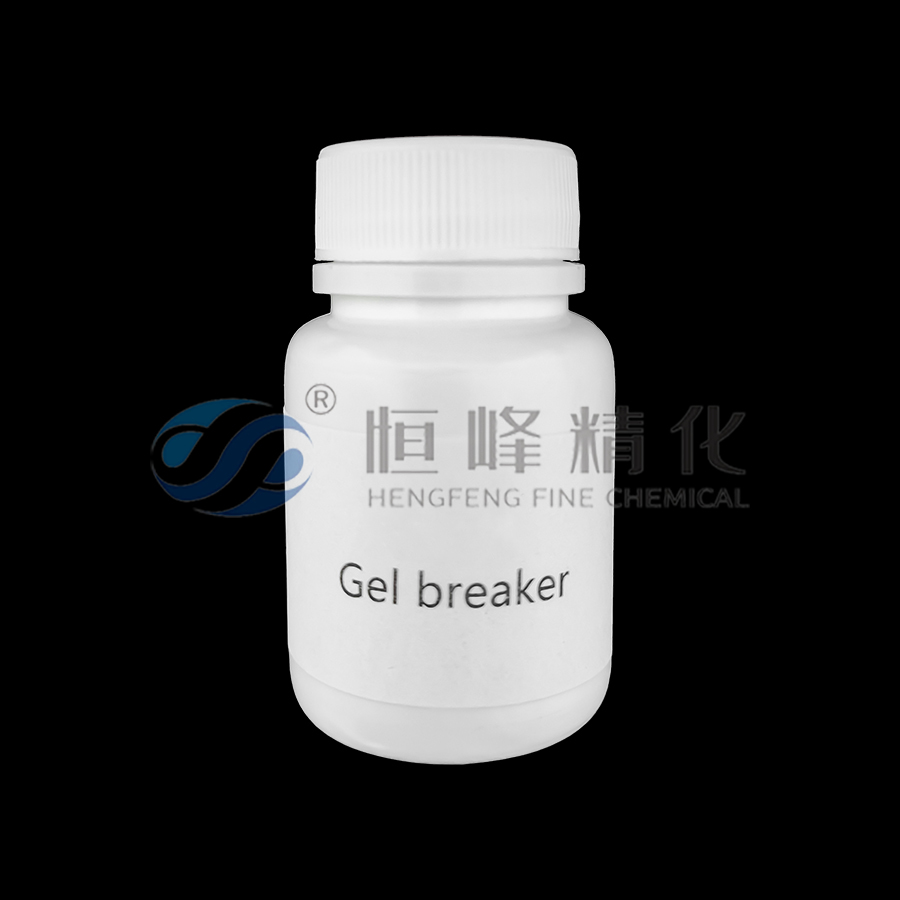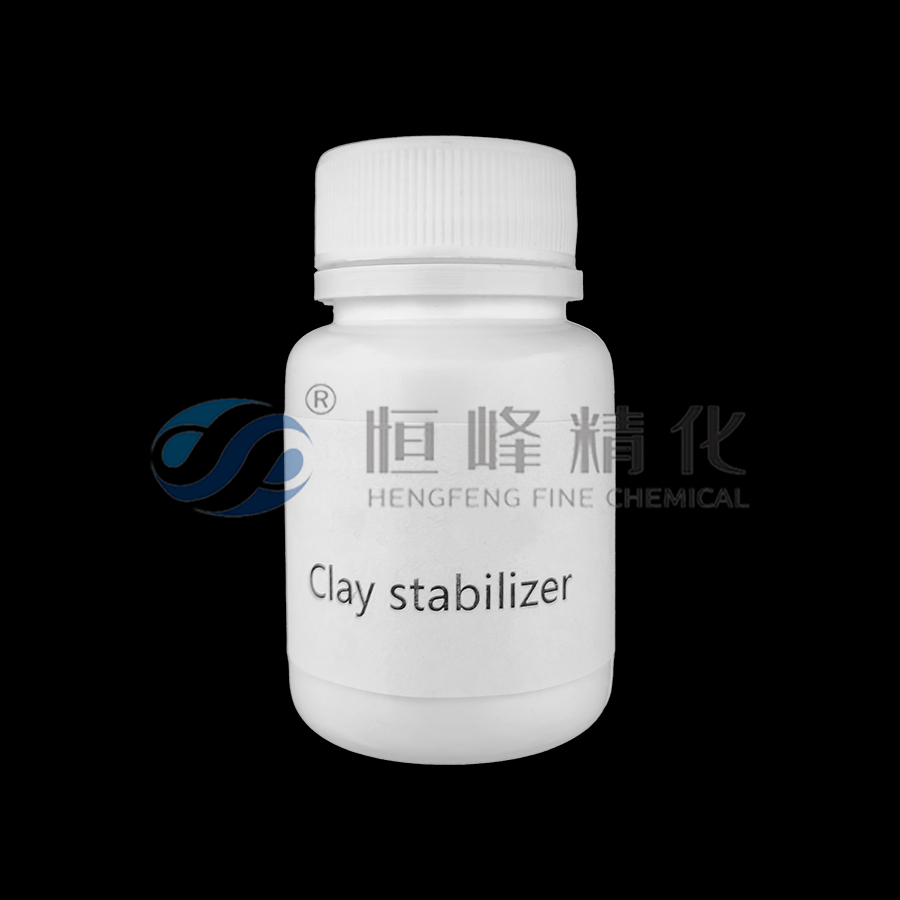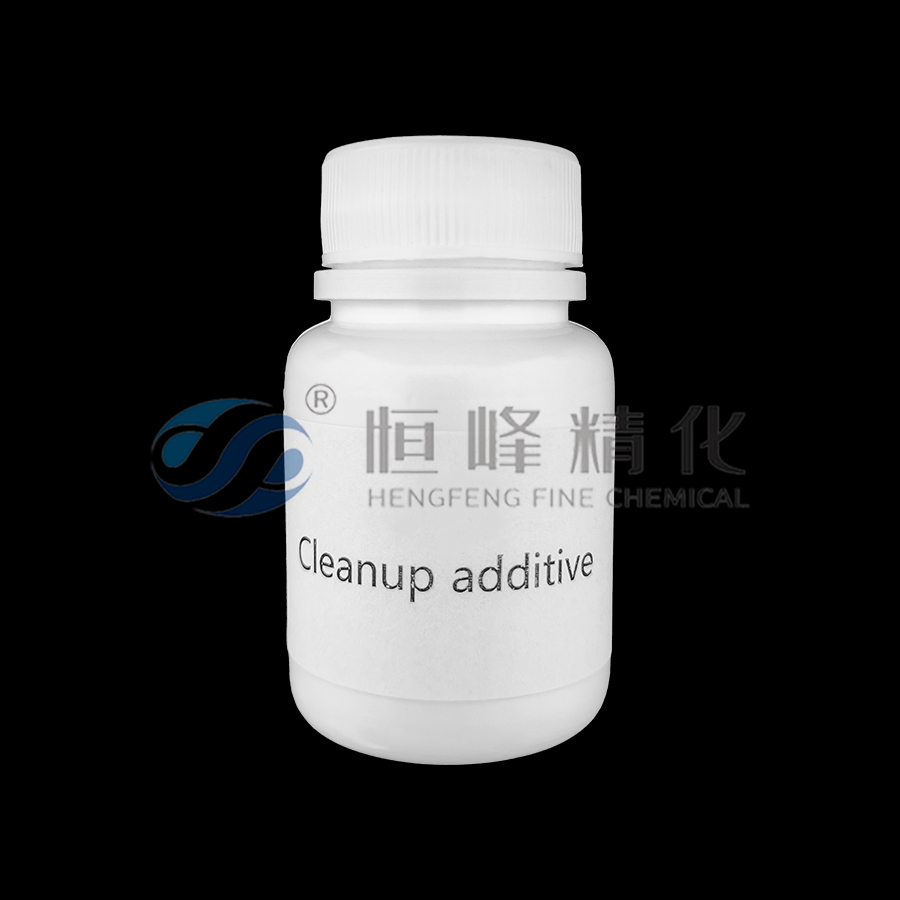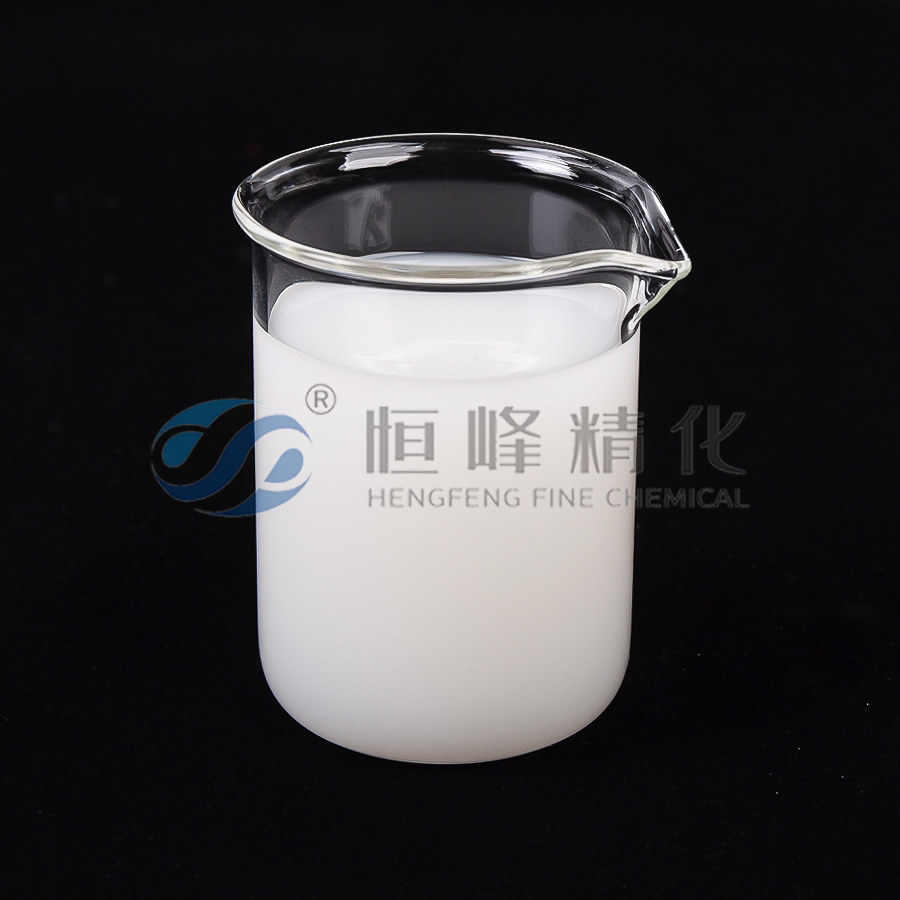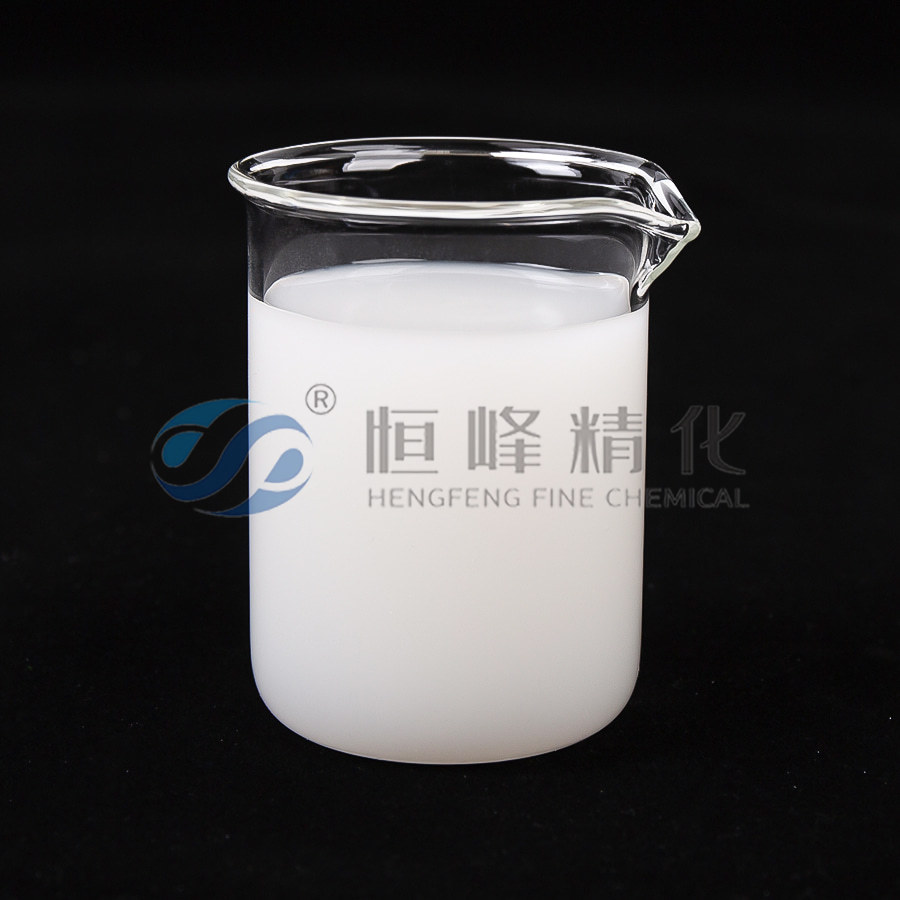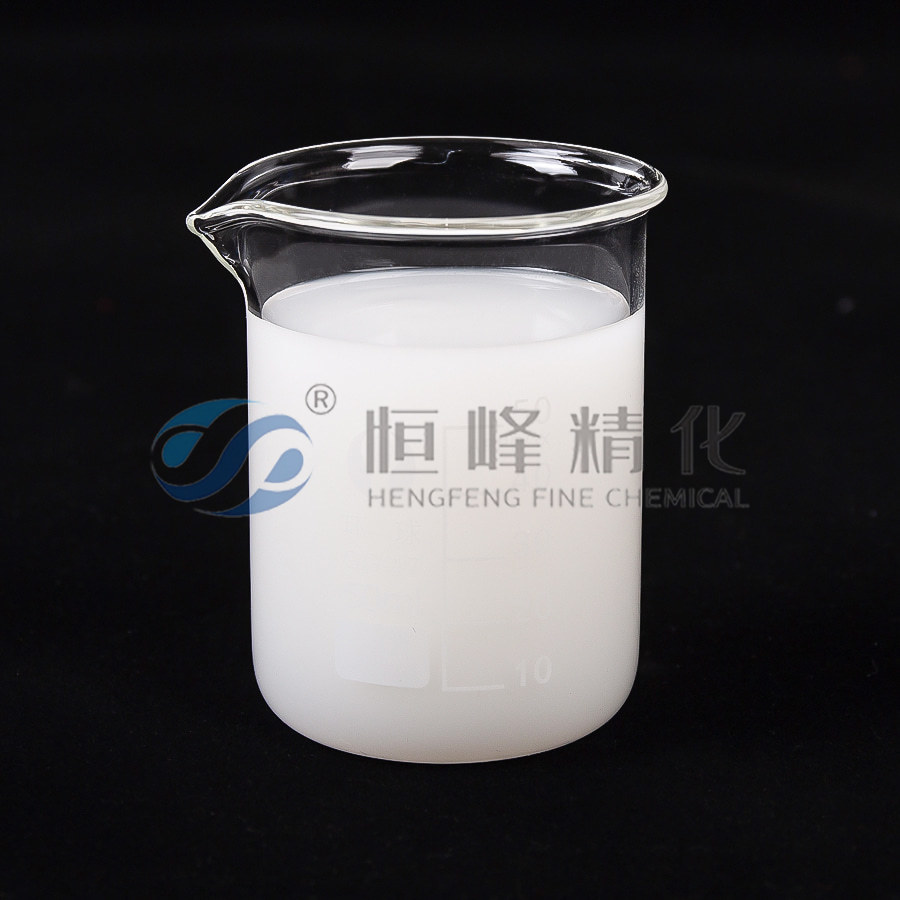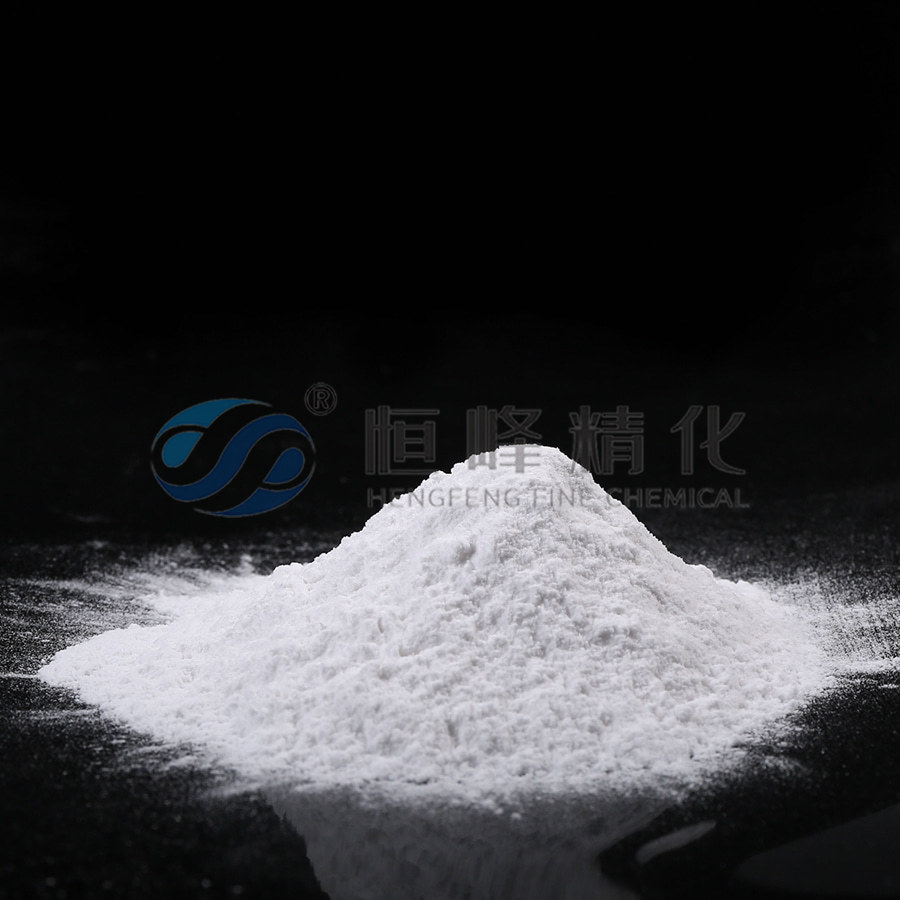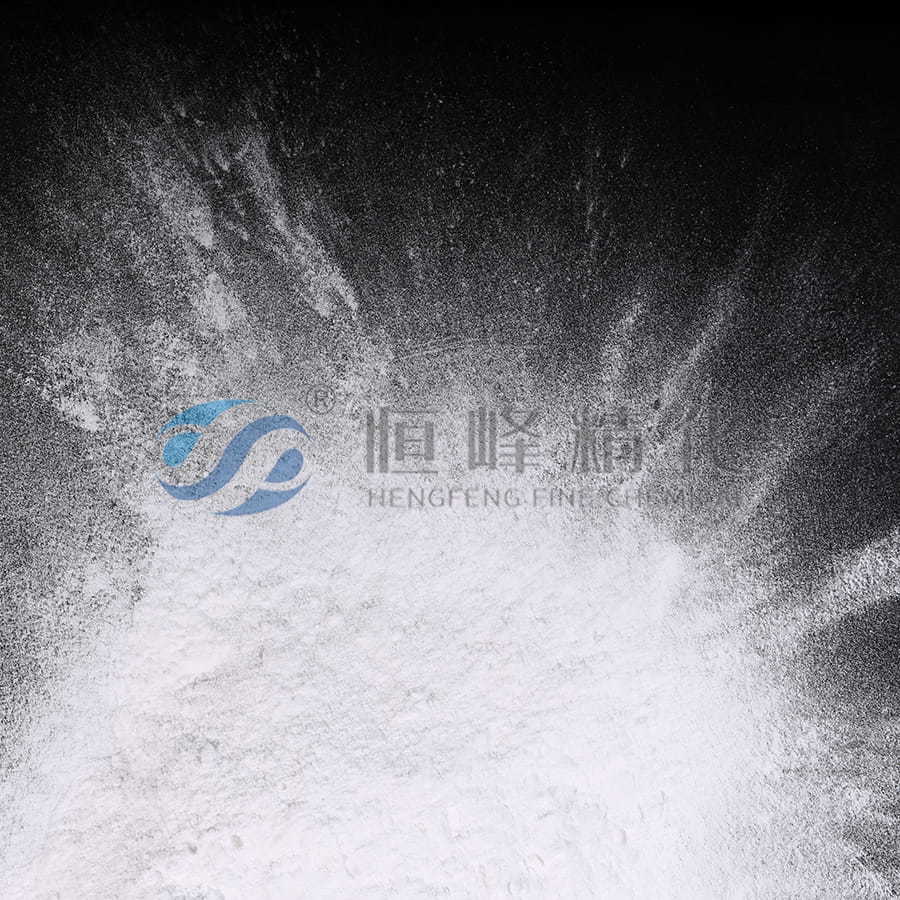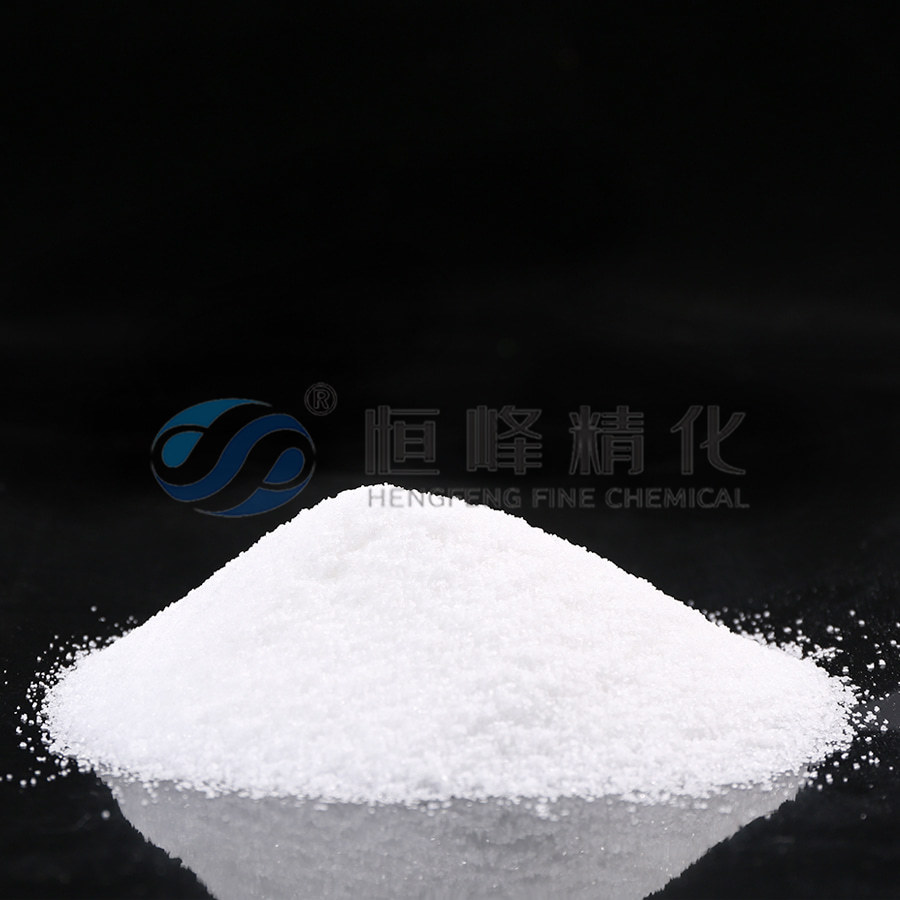How to Select the Right Flocculant Emulsion for Aluminium Oxide Separation Efficiency
In the aluminium oxide production process, selecting the right flocculant emulsion can significantly influence both operational efficiency and final product quality. Though flocculants are widely used in the separation and washing stages, not all products perform equally well under varying plant conditions. A well-matched flocculant emulsion for aluminium oxide processing not only ensures faster sedimentation but also helps maintain clarity in the overflow liquid, ultimately impacting plant throughput and cost management. Understanding the key factors that determine this match is essential for plant engineers and procurement specialists aiming to improve performance.
One of the most important parameters to consider is the pH level of the slurry. Since aluminium oxide production—especially in the Bayer process—involves highly alkaline environments, the flocculant emulsion must be chemically stable and maintain its performance in such conditions. Not all polymers respond well to extreme pH, and even among polyacrylamide-based emulsions, variations in formulation can mean the difference between effective floc formation and inefficient settling. This highlights why generic solutions often fall short in such a specialized industry.
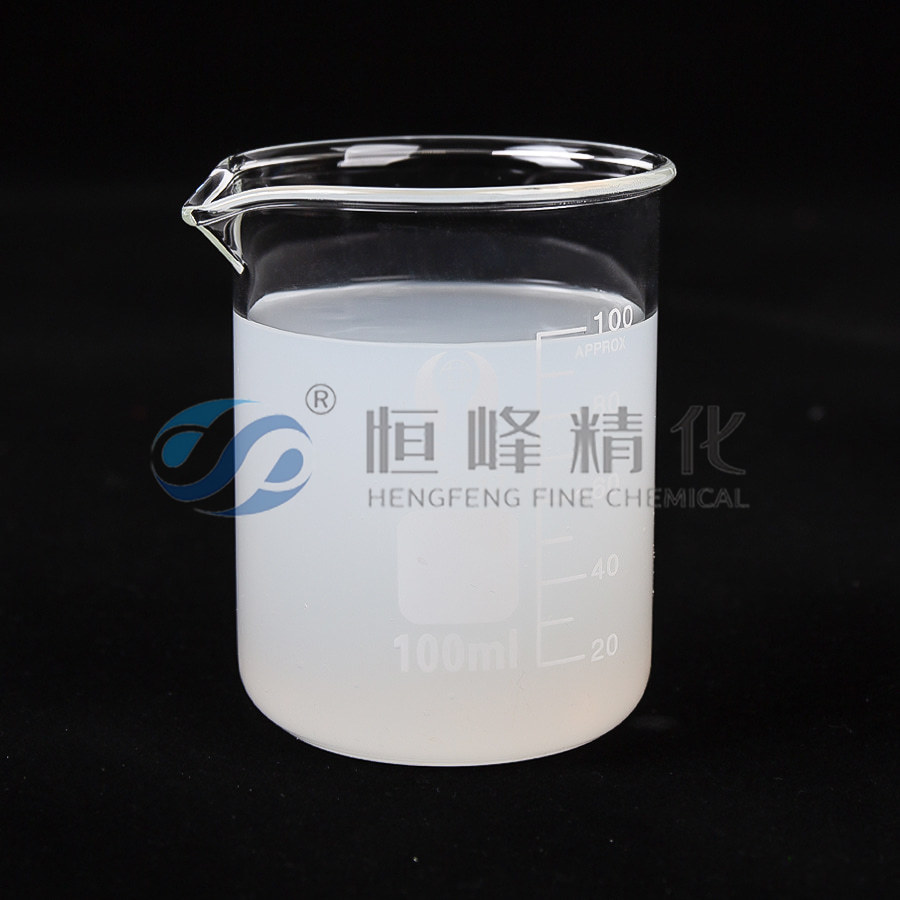
Another key consideration is the solid content and particle size distribution in the red mud. Plants processing bauxite ores with different mineral compositions will experience a range of sedimentation behaviors. For this reason, selecting a flocculant emulsion for aluminium oxide applications cannot be a one-size-fits-all decision. The viscosity of the pulp, the presence of fine particles, and the overall density directly affect how flocculants interact with suspended solids. Customized selection through jar testing and pilot trials ensures that the flocculant delivers consistent results under plant-specific conditions.
Temperature is often an overlooked factor but plays a critical role in emulsion stability and polymer activation. Higher operating temperatures can accelerate reaction rates but may also destabilize emulsions that are not formulated to withstand thermal stress. A quality flocculant emulsion, especially one intended for high-throughput aluminium oxide facilities, should retain its performance profile across a wide temperature range to ensure uninterrupted operation. Manufacturers experienced in chemical formulation for harsh environments can provide products tailored to this need.
Charge density and molecular weight of the flocculant also matter. A higher molecular weight generally promotes better bridging between particles, aiding floc formation, while the charge density affects the interaction with negatively charged red mud particles. Adjusting these parameters helps maximize performance while avoiding excessive dosage. Typically, an effective dosage for red mud separation ranges between 0.2 to 0.6 kg per ton, but this must be optimized per plant. Overdosing can lead to waste and underdosing to inefficiency, both of which affect the bottom line.
The method of application is another variable to evaluate. Whether using automated dosing systems or manual batch additions, the flocculant emulsion should be easy to disperse and dissolve. Choosing a well-dispersing emulsion like LX66 or LX661 can significantly simplify operations and minimize equipment fouling. These emulsions are designed with industrial practicality in mind, offering a balance between technical performance and user-friendly application. As a trusted manufacturer and supplier in this space, we ensure our products meet the operational realities of our customers.
Ultimately, selecting the most suitable flocculant emulsion for aluminium oxide production involves more than matching a product to a process—it requires an understanding of the plant’s unique conditions and long-term performance goals. Partnering with a supplier who offers not just products but technical expertise and after-sales support makes a measurable difference. For customers seeking efficiency, consistency, and reliability, our range of flocculant emulsions delivers proven results backed by real industry experience.


 English
English Español
Español عربى
عربى Русский
Русский Tiếng Việt
Tiếng Việt




